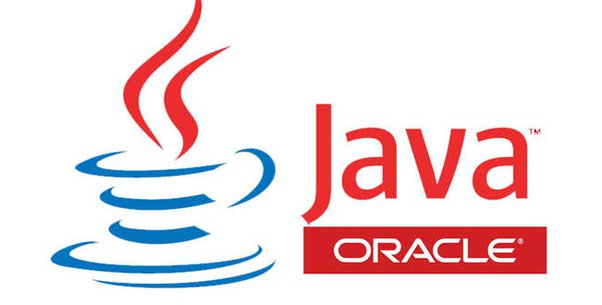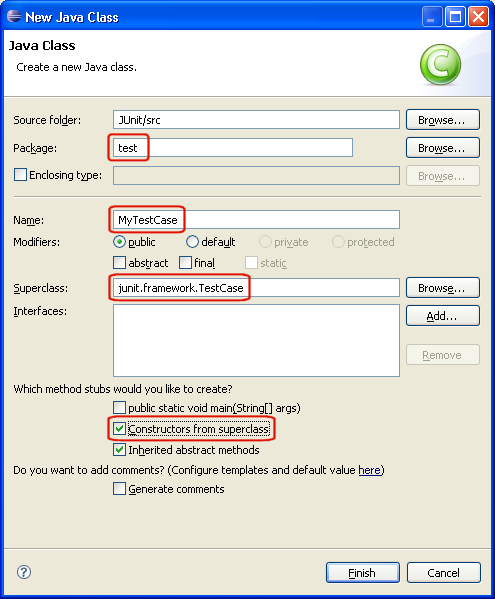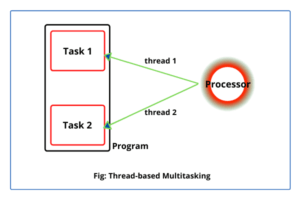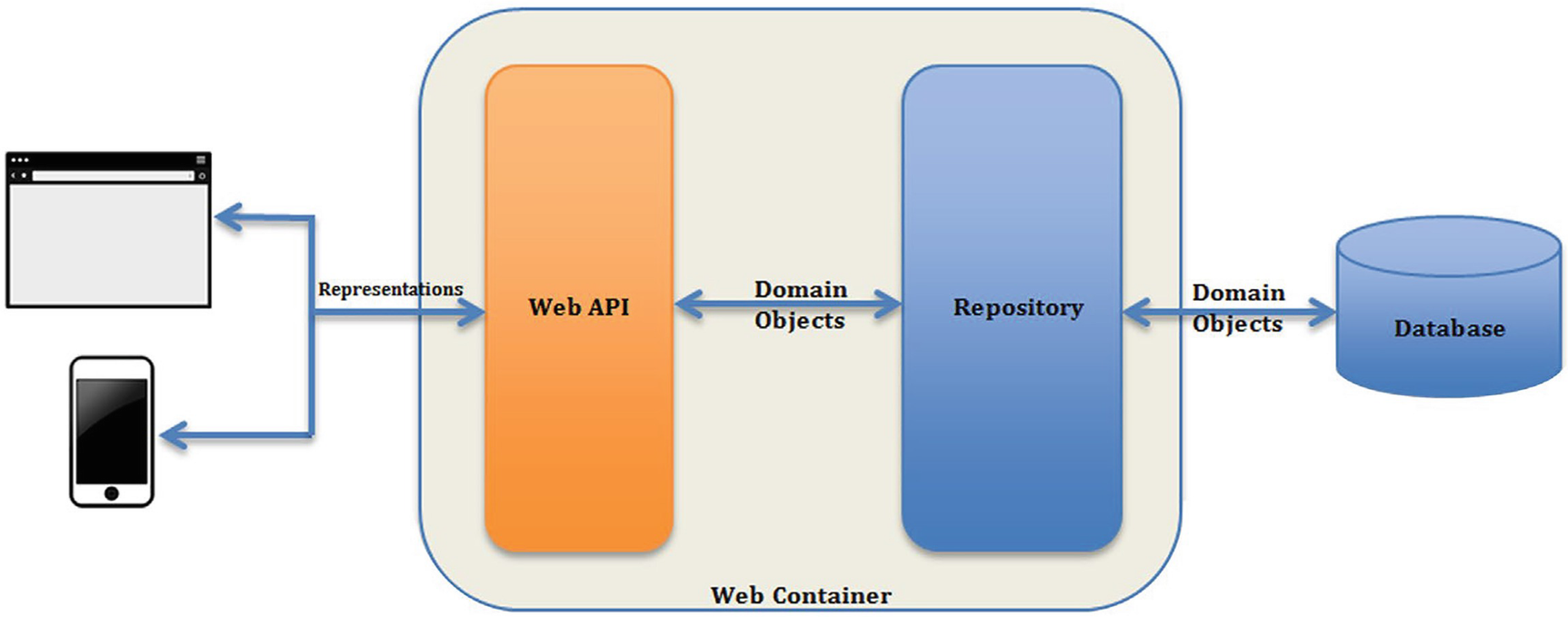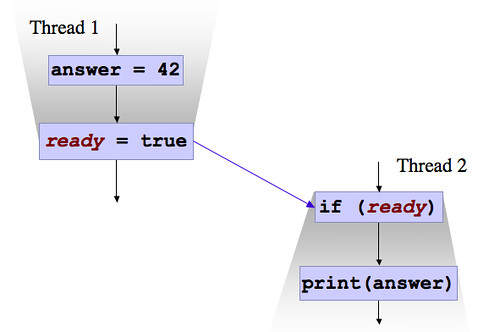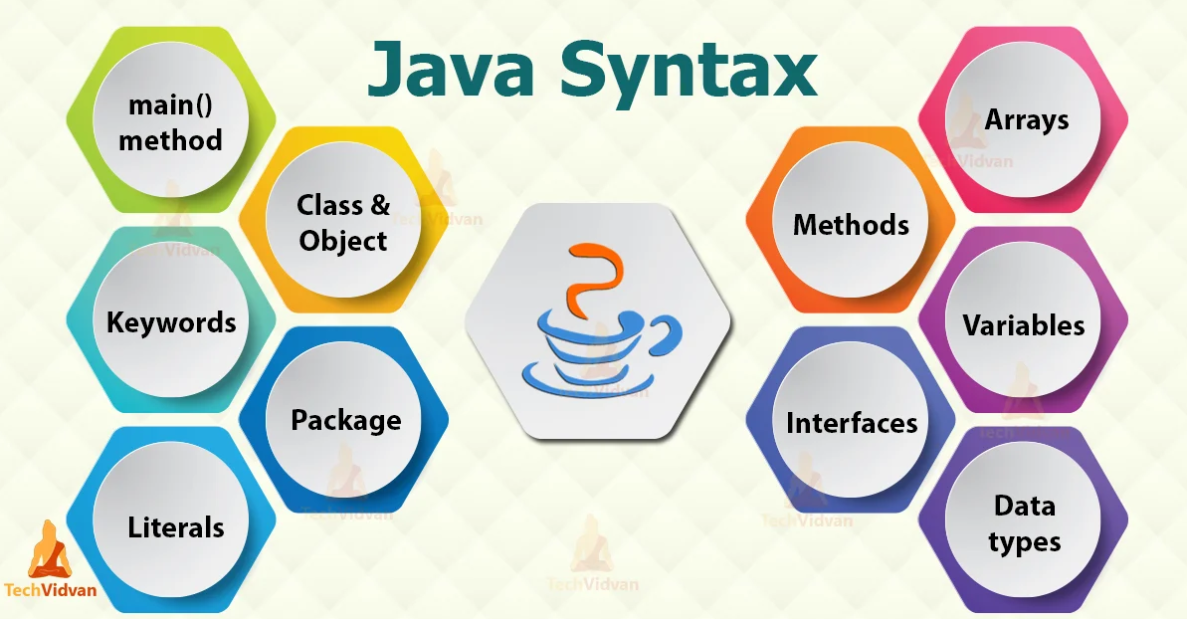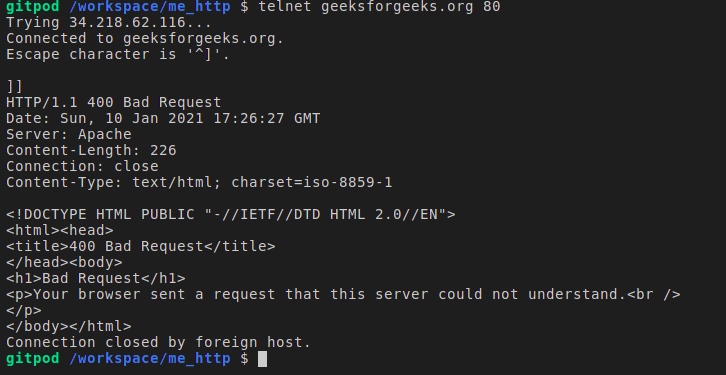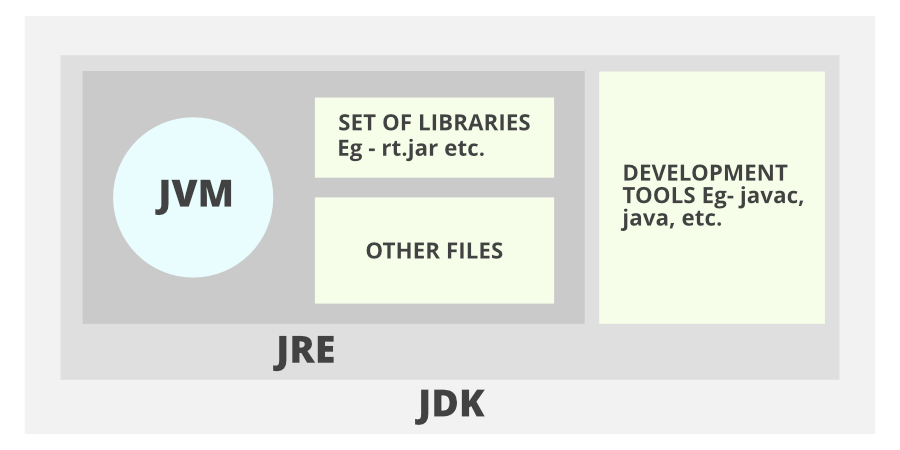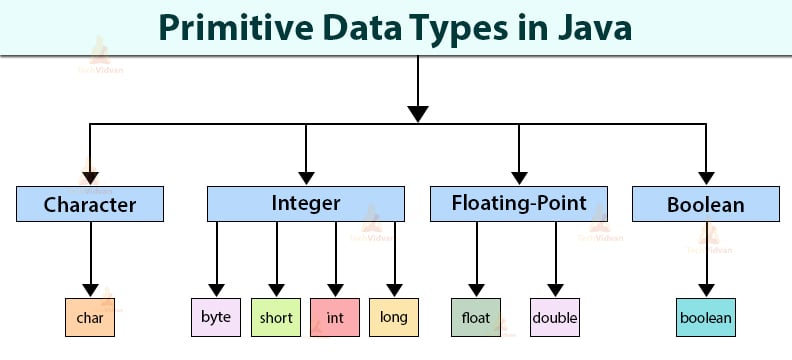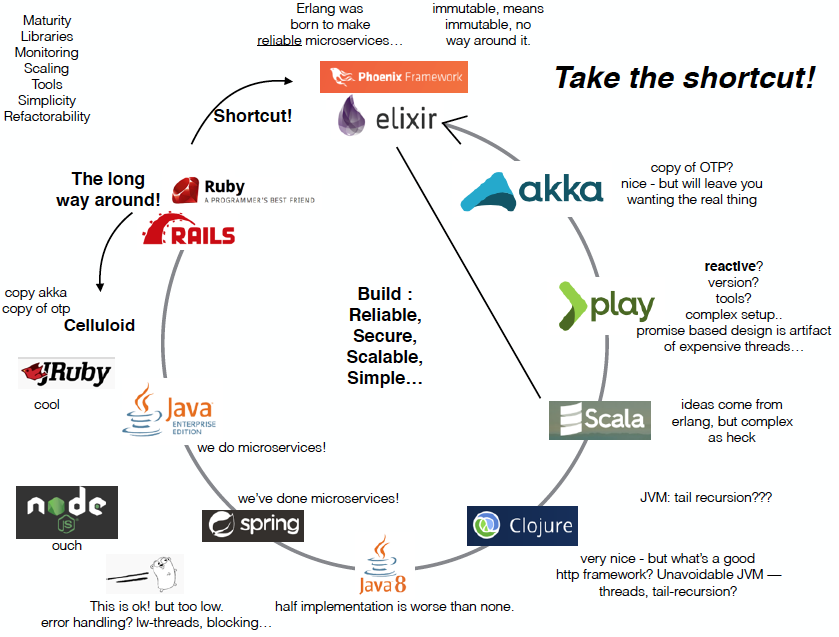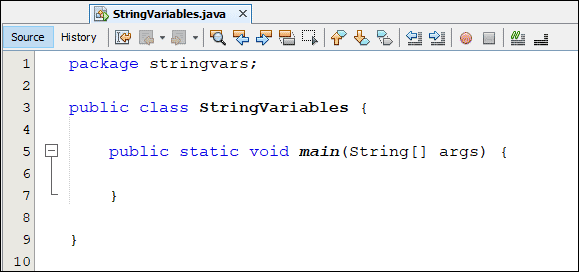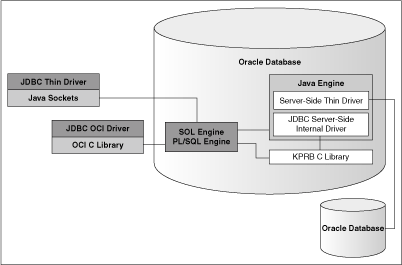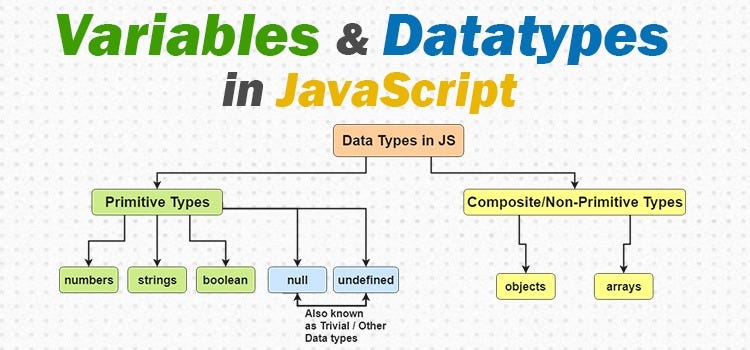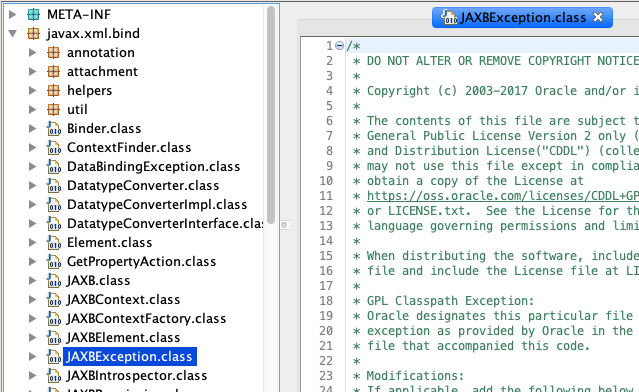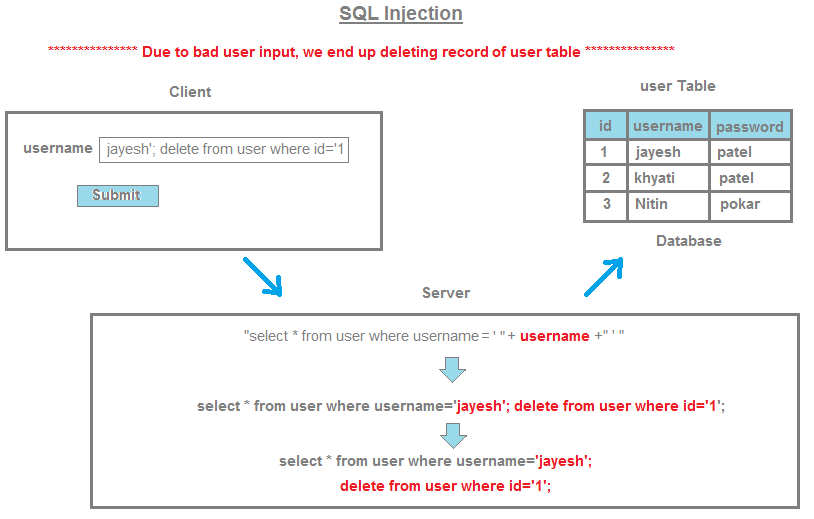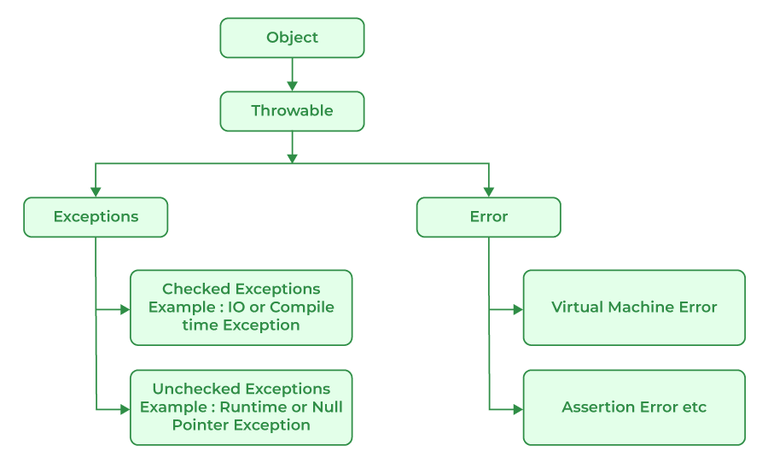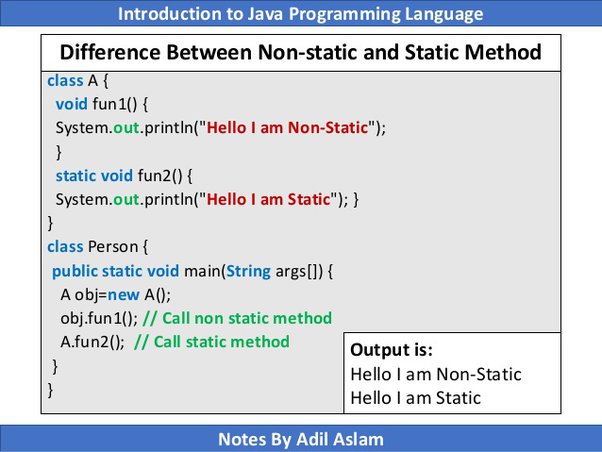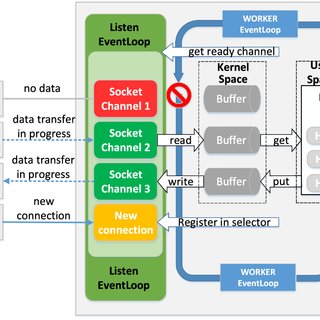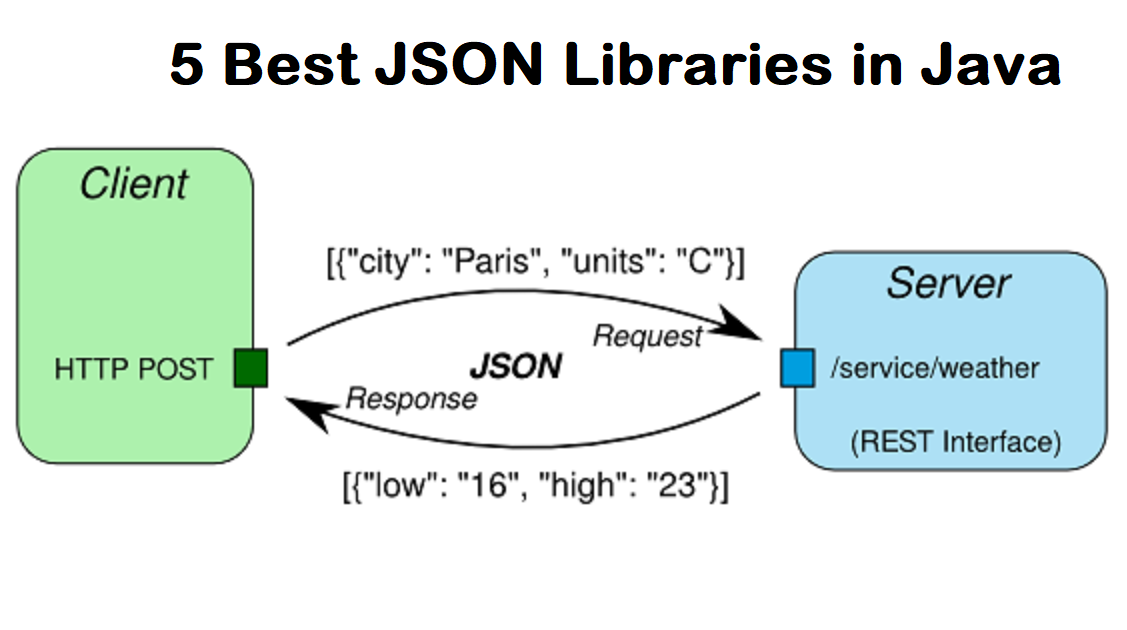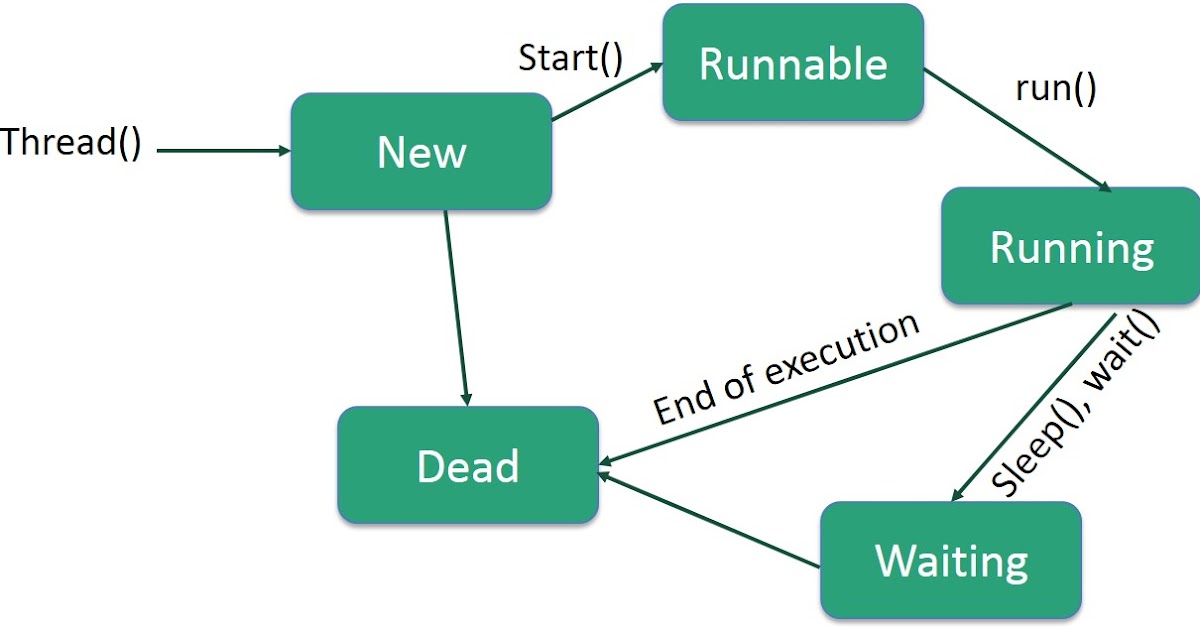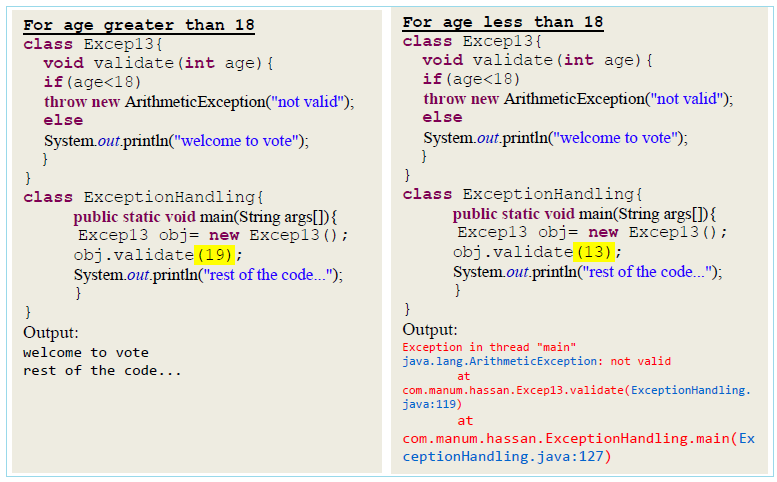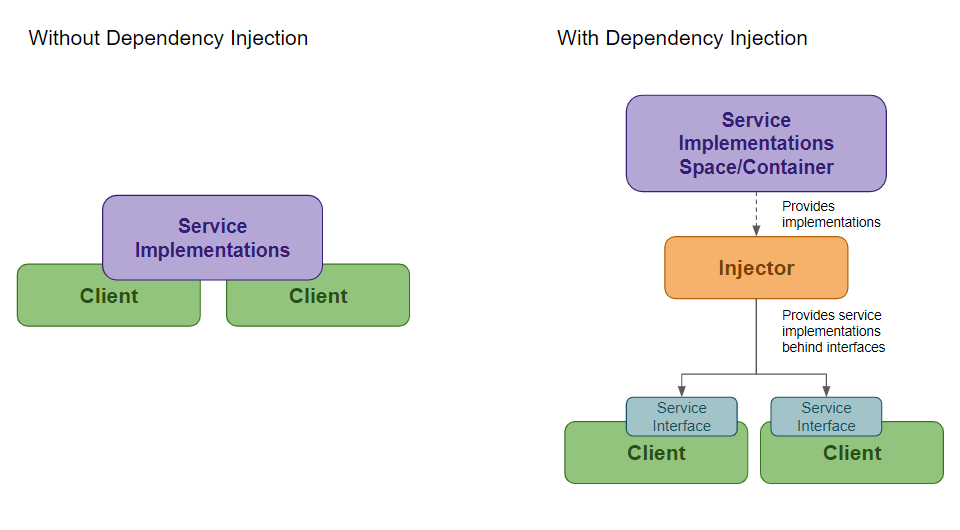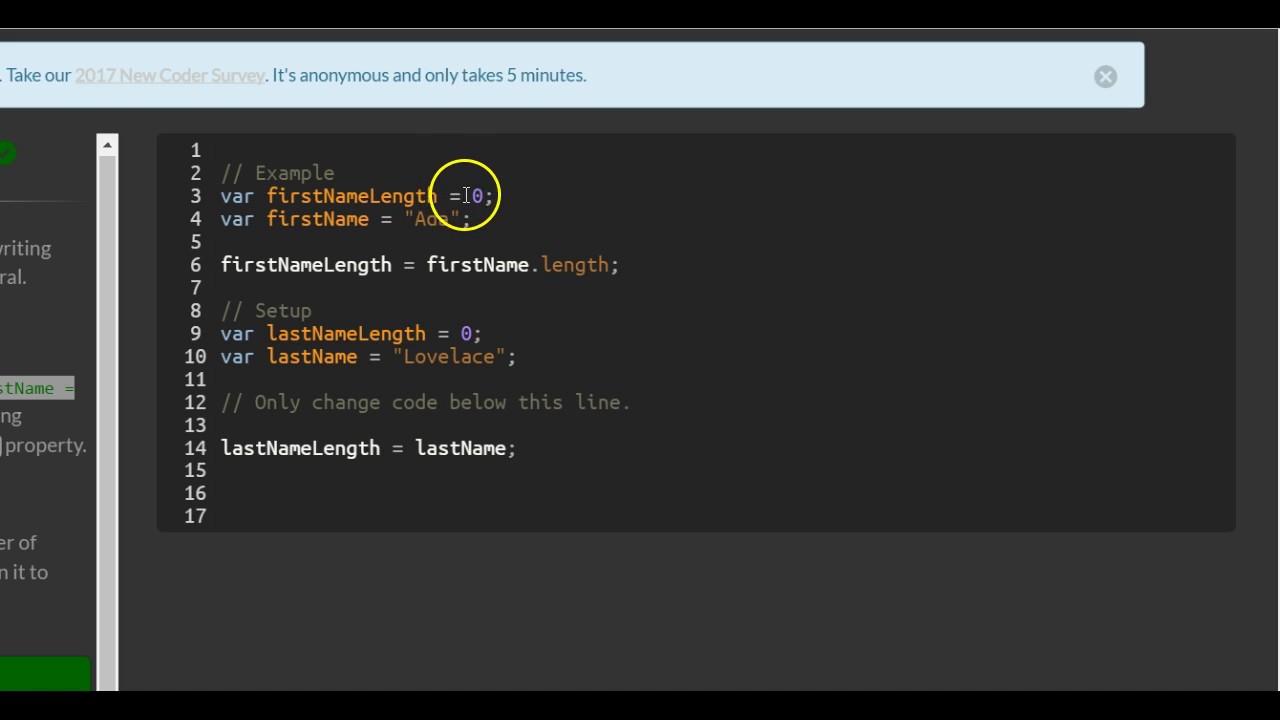Is Java single thread or multithreading?
Is Java single thread or multithreading?
I'm happy to help!
Java is a multithreaded language. This means that it can execute multiple threads or flows of execution concurrently within a program. Each thread is an independent path of execution that can run simultaneously with other threads, improving overall system responsiveness and allowing for efficient handling of I/O-bound tasks.
In Java, the concept of threading is implemented through the Thread class, which represents a single thread of execution. A thread has its own call stack, which stores the method invocation frames that are currently being executed by that thread. Each thread also has its own set of resources, such as memory and open file descriptors, which can be managed independently from other threads.
Multithreading in Java provides several benefits, including:
Improved system responsiveness: By executing multiple tasks concurrently, a program can provide better system responsiveness, as the user interface or other tasks are not blocked by a single long-running task. Efficient handling of I/O-bound tasks: Java's multithreading capabilities allow for efficient handling of I/O-bound tasks, such as network I/O or database queries, which can be handled asynchronously in separate threads without blocking other parts of the program. Simplified programming models: Multithreading can simplify programming models by allowing developers to write code that is more modular and easier to maintain, as each thread can execute independently with its own set of resources.To create a new thread in Java, you typically extend the Thread class or implement the Runnable interface. You can then start the thread using the start() method or use an executor service (introduced in Java 5) to manage threads.
Here's a simple example of how to create and run a new thread in Java:
class MyThread extends Thread {
public void run() {
System.out.println("Hello from my thread!");
}
}
public class Main {
public static void main(String[] args) {
MyThread t = new MyThread();
t.start(); // Start the thread
}
}
In this example, we define a custom Thread subclass called MyThread. In the run() method of this class, we print out a message to demonstrate that the thread is running. In the main() method, we create an instance of MyThread and start it using the start() method.
When you run this program, you'll see that the output "Hello from my thread!" appears immediately, demonstrating that the new thread has started executing concurrently with the main thread.
I hope this helps!
Is Java multi-threaded
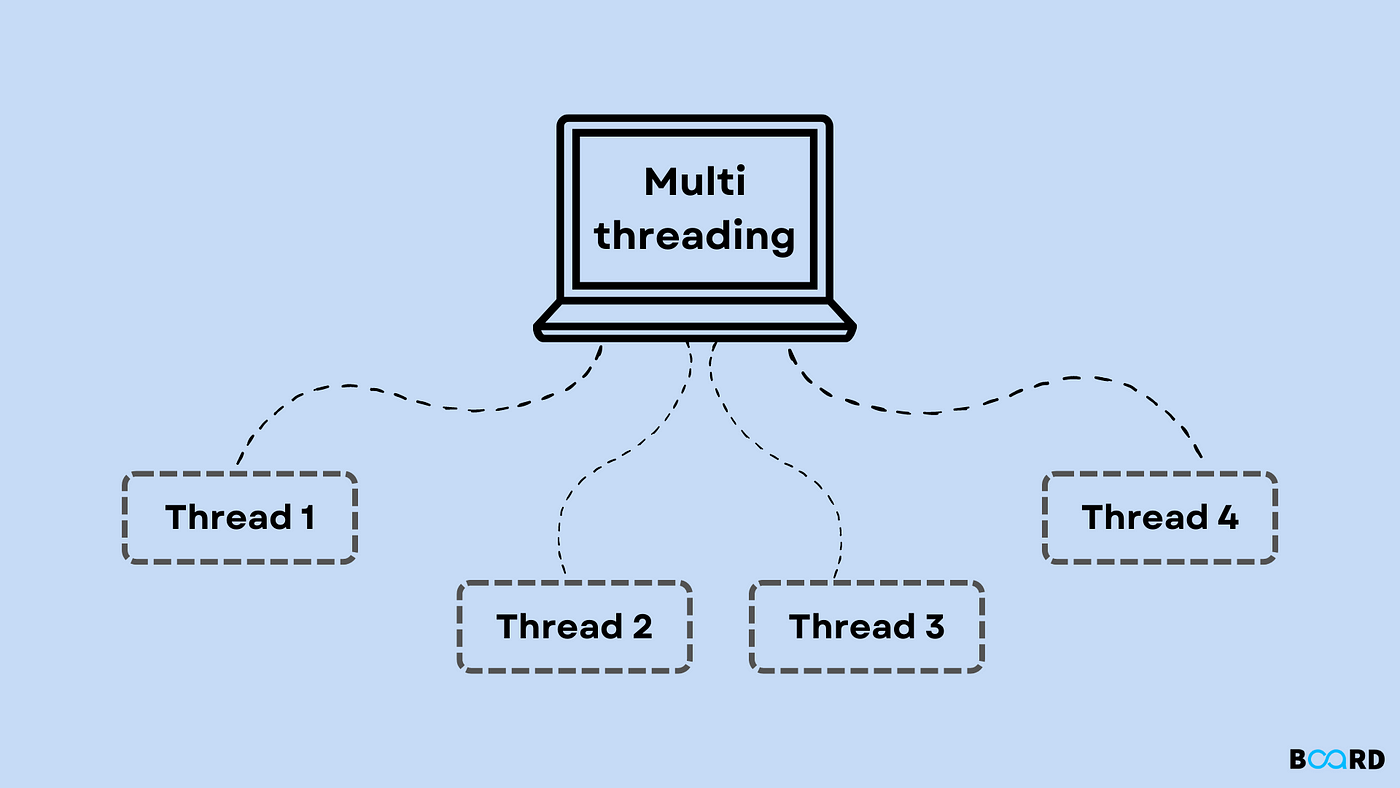
Java is indeed a multi-threaded programming language. In fact, it provides built-in support for creating and managing multiple threads of execution within a program.
A thread in the context of Java is an independent flow of control that can execute concurrently with other threads or simultaneously with other processes. Each thread has its own program counter (PC), stack space, and registers, which are separate from those of other threads. This allows Java programs to be more efficient and responsive by allowing multiple tasks to run in parallel.
Java's threading model is based on the concept of "lightweight" threads, which means that creating a new thread does not require a significant amount of system resources or overhead. In fact, the cost of creating a new thread in Java is relatively low compared to other programming languages.
There are several ways to create and manage threads in Java:
Extending the Thread class: You can create a custom thread by extending theThread class and overriding its run() method. Implementing the Runnable interface: Alternatively, you can implement the Runnable interface and create a thread that runs your run() method. Using an Executor service: Java 5 and later versions provide a more advanced threading API called Executors. You can use an ExecutorService to manage threads and execute tasks concurrently. Using a thread pool: A thread pool is a group of pre-created threads that can be used to execute tasks concurrently. This approach helps reduce the overhead of creating new threads.
Java also provides various synchronization primitives, such as:
Locks: Synchronization mechanisms likeReentrantLock and Synchronizer help protect shared resources and ensure thread-safe access. Atomic variables: Java 5 introduced atomic variables (e.g., AtomicInteger) to simplify concurrent programming and reduce the risk of data corruption. Thread-local storage: Each thread has its own set of local variables, which can be used to store per-thread data.
Java's multi-threading capabilities make it a popular choice for building scalable, concurrent systems that require efficient resource utilization. Many real-world applications, such as web servers, database management systems, and distributed computing frameworks, rely on Java's threading features to achieve high performance and responsiveness.
In conclusion, Java is indeed a multi-threaded programming language that provides a rich set of APIs and mechanisms for creating, managing, and synchronizing threads. Its threading capabilities make it an ideal choice for building concurrent and scalable applications that require efficient resource utilization.
